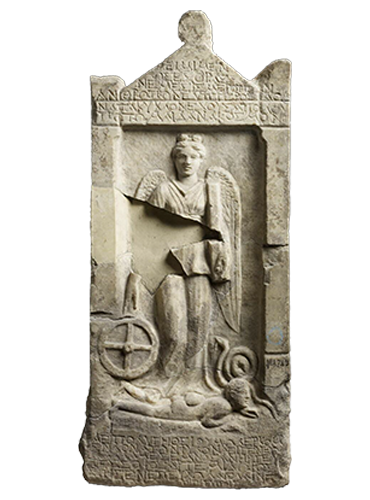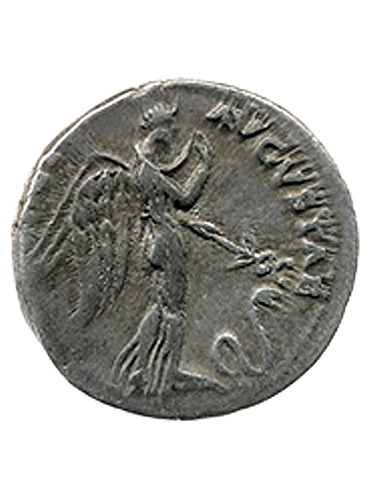Nemesis
Among the many children of Nyx (Night), are a number of winged deities, as has already been examined with the twin brothers Hypnos and Thanatos. Yet another plume in this feathery ensemble is their sister Nemesis, goddess of fate. She is described in A Handbook of Classical Mythology as, “a personification of the righteous indignation of gods, especially over human arrogance resulting from great good fortune.” As a punisher of exuberant pride and arrogance, Nemesis was often associated with the Fates and the Furies. Both Nemesis and the beings she is often associated with were greatly influential throughout all of Greek mythology. As the goddess of fate and punisher of arrogant pride, she was believed to be the “enemy of good fortune and as a punisher of crime.” One of the most famous myths regarding Nemesis was majorly influential for the beginning of the Trojan war. According to some variations of ancient Greek mythos, Nemesis once turned herself into a goose to escape from the sexual desires of Zeus, but was eventually caught and gave birth to Helen of Troy. In another, more commonly discussed variation of the myth, the mother of Helen was Leda. This was one of the most significant events to establish the setting for the Trojan war, as Helen was taken from Menelaus to Paris by the goddess Aphrodite. This war caused an enormous amount of calamity in ancient Greek mythology. Therefore, in some recounts Nemesis quite literally brought change into the world, and by Zeus was the inadvertent cause for the upheaval of Greek euhemerism and by relation an influential part of the iconography in ancient Greece.

(2nd century AD)
The Louvre

Roman Coin (Reverse) ca 51-52
British Museum